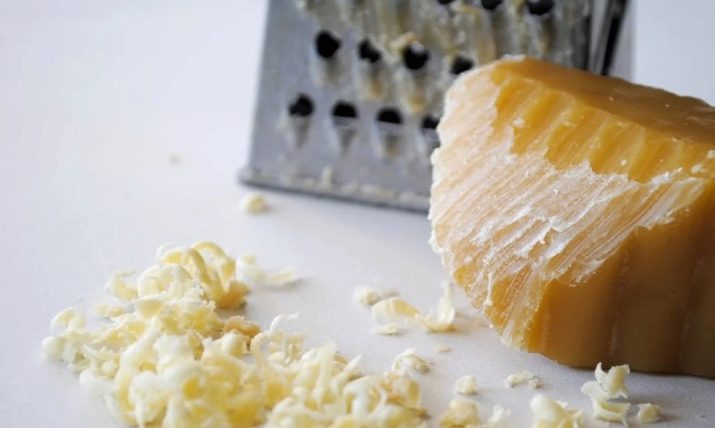How is wax different from paraffin?
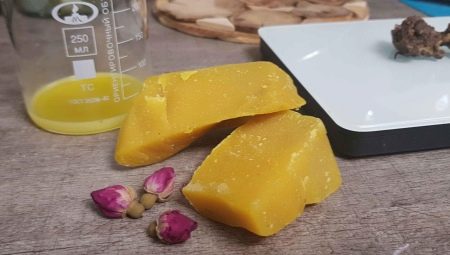
Many people see absolutely no difference in substances such as wax and paraffin. Candles are made of these substances, which is why they are considered "relatives". However, wax and paraffin are completely different products. You should know how to tell them apart.
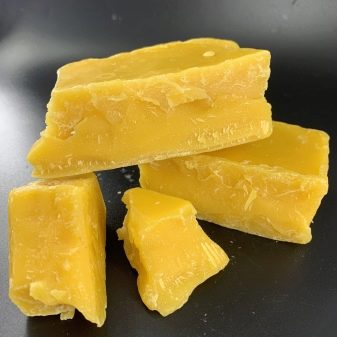
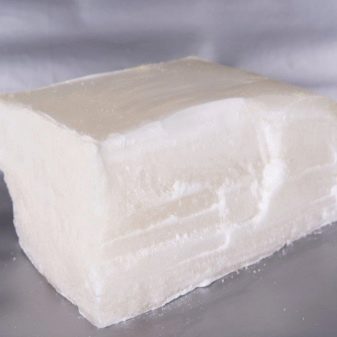
What it is?
Wax is understood as a variety of wax-like substances, including lanolin, obtained from the digestion of sheep's wool, and vegetable wax, and spermaceti obtained from whale fat or spermaceti oil, and ozokerite fossil wax. However, when people talk about wax mostly, they mean beeswax, which is the most common.
Unlike paraffin, wax is a natural product that is a complex organic compound. To obtain pure wax, raw materials containing wax, which include trimmings from honeycombs, beading and wax from under honeycombs, are reheated. After melting, a solid product of light or yellowish color is obtained, a characteristic feature of which is a pleasant honey smell. The composition of the obtained substance includes many different components, among which 75% are esters, 11-17% are saturated hydrocarbons, 13-15% are fatty acids and water.
This substance is often used not only to create candles, but also in cosmetology.
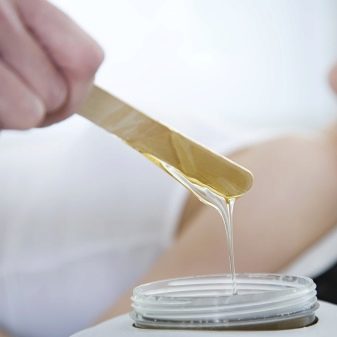

If we talk about paraffin, then this concept means a wax-like substance, which contains saturated hydrocarbons, but makes it mostly from petroleum products. This substance was discovered by Karl von Reichenbach in the 19th century.
Paraffin can be presented in liquid form, in solid and fine-crystalline form.It only depends on the concentration of heavy and light hydrocarbons in the substance. This substance bears little resemblance to beeswax. It can also be light or yellow, which depends only on the depth of cleaning of the product, but the color is still different: the wax is more saturated.
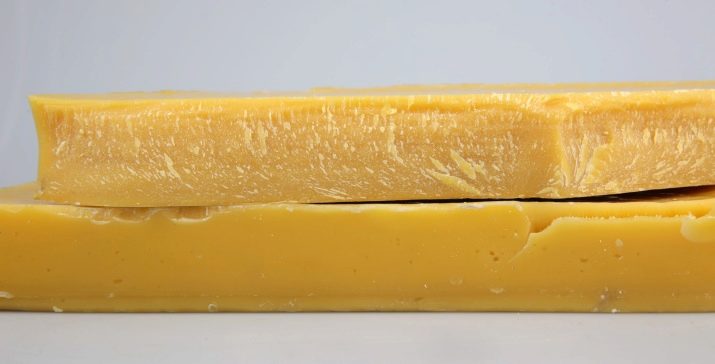
This substance is actively used in many areas, including the food industry, cosmetics, medicine, radio engineering and others. It is much cheaper and easier to manufacture than natural wax. Because of this, wax and paraffin candles on the market for goods differ so much in price. The wax product comes out noticeably more expensive.
Unlike beeswax, paraffin is a synthetic substance made by humans under artificial conditions.
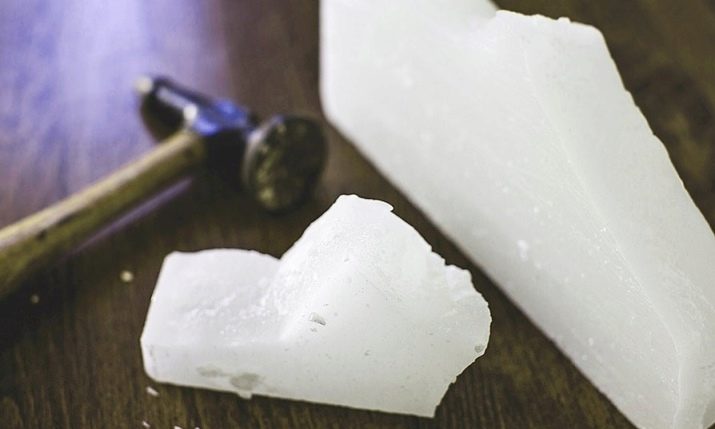
Beeswax is absolutely natural in its pure form, but in some people it can cause allergies, the consequence of which will be itching, red spots, and so on. In this regard, paraffin, of course, wins, but during combustion it is capable of releasing harmful substances that have a bad effect on the human body.
Burning differences
Wax, unlike paraffin, is capable of burning for a long time, while it only melts, and does not completely burn out. During this process, it does not smoke and forms small wax droplets. At the same time, during burning, the wax crackles slightly and emits a light honey aroma.
Paraffin burns several times less: about 15 minutes maximum. Its melting time is rather short, while it is able to burn completely and during this process it actively emits soot. During combustion, this substance does not form any odors at all, if it is made without the addition of aromatic additives, but it emits substances toxic to humans with benzene compounds, which do not in the best way affect their health, while wax aromatherapy has a beneficial effect on well-being.
In addition, the difference between these two substances also lies in the melting point.

Thus, pure beeswax is capable of melting at a temperature of + 62– + 68 °, while paraffin melts at + 65– + 88 °.
How else are they different?
There are other differences as well.
Appearance
To distinguish wax from paraffin, you must first pay attention to the color. Pure wax is yellowish brown in color. Most paraffin is white, except when it is prepared using dyes.
These materials also differ in consistency. So, Natural beeswax is like plasticine to many. It easily bends and wrinkles in the hands, is distinguished by its softness and plasticity, and if you try to chew it, it will immediately begin to stick to your teeth. The surface of such a substance is usually smooth and has fine roughness.
Paraffin, on the other hand, is solid. Its surface is oily and resembles solid soap. The material is not as malleable as wax, it is completely non-plastic and begins to crumble under any impact.
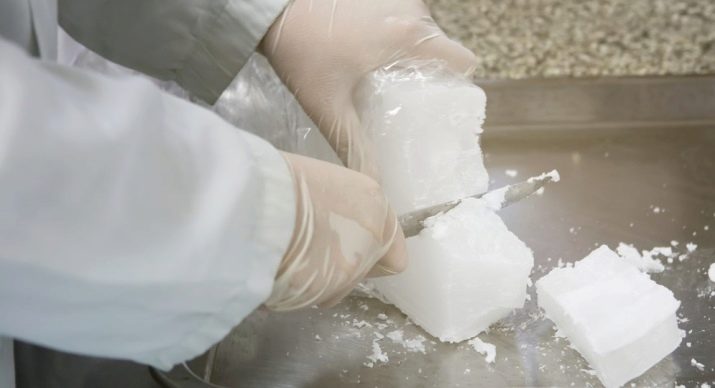
Storage
Both of these substances are durable in terms of storage. They can be stored for a long time without losing their properties. However, if you do not use the wax product for a long time and store it in a cool place, it will become covered with a whitish coating. Paraffin will remain unchanged.
Sound
Another way to tell beeswax from paraffin wax is by tapping. So, when tapping on a wax surface, you can hear a dull sound, which occurs due to the plasticine consistency of this substance.
The sound from tapping on the paraffin surface will, on the contrary, be louder and more sonorous.
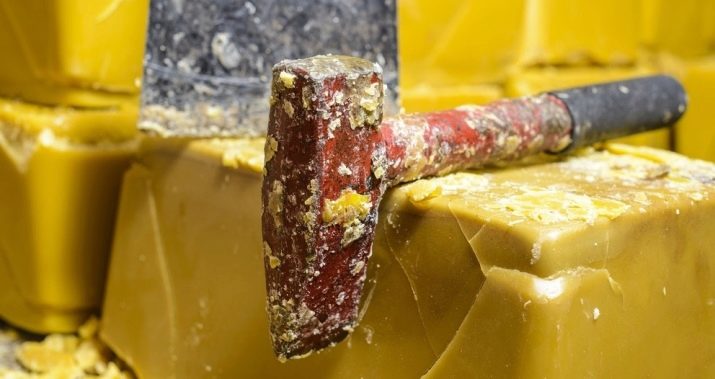
Cutting
Differences between these two substances and their shavings. For example, if you run any sharp object over a waxy surface, a long, curled, brittle shavings, similar to a spiral, are formed. In the case of paraffin, such shavings will not work, it will simply crumble.Note, however, that experimenting in this manner is necessary under room temperature conditions. At low temperatures, both wax and paraffin will crumble in the same way, which is why you will not be able to tell the difference between them.
When cut with a sharp object, substances will also behave differently. Wax, unlike paraffin, will be more malleable, it can be easily divided into even pieces with a neat cut. Paraffin is hard and stubborn, when it is cut, noticeable cracks begin to form on the surface, and the paraffin itself crumbles, which is why it is not possible to cut it perfectly evenly.
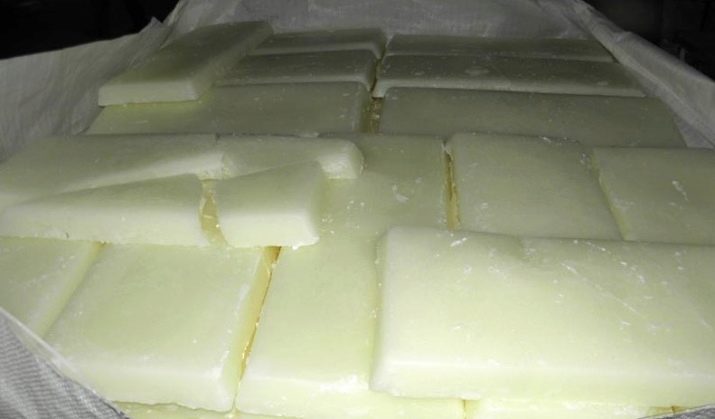
How to tell at home?
Determining whether wax is in front of you or paraffin is easy at home.
- You can use a knife by sliding it over the surface of the food. Spiral shavings will indicate that this is natural wax. If the chips are crumbling, then in front of you is paraffin.
- You can try to wrinkle the product in your hands. If it is made of wax, it will be easy to knead. If it is made of paraffin, you cannot knead it. The product will either remain unchanged or simply crumble in the hands.
- The substance can also be sniffed. If you do not find any aroma in the paraffin, then the honey smell will prevail in the wax product.
- If you are trying to determine the material from which the candle is made, then you can simply light it and hold the glass over it for a couple of seconds. If a black speck appears on it, that is, soot, then a paraffin candle is in front of you. If there is no soot, then this is a wax product.
